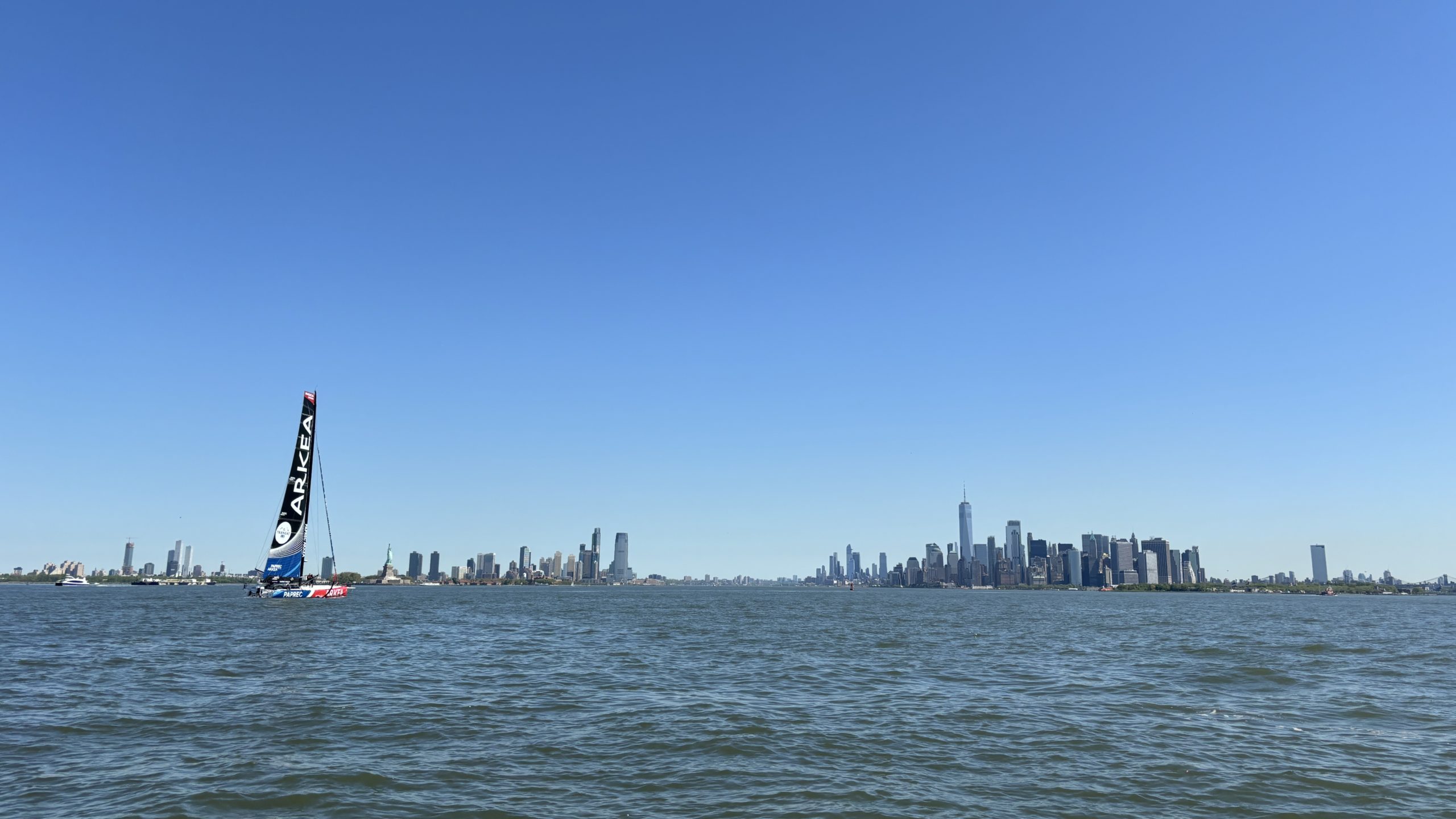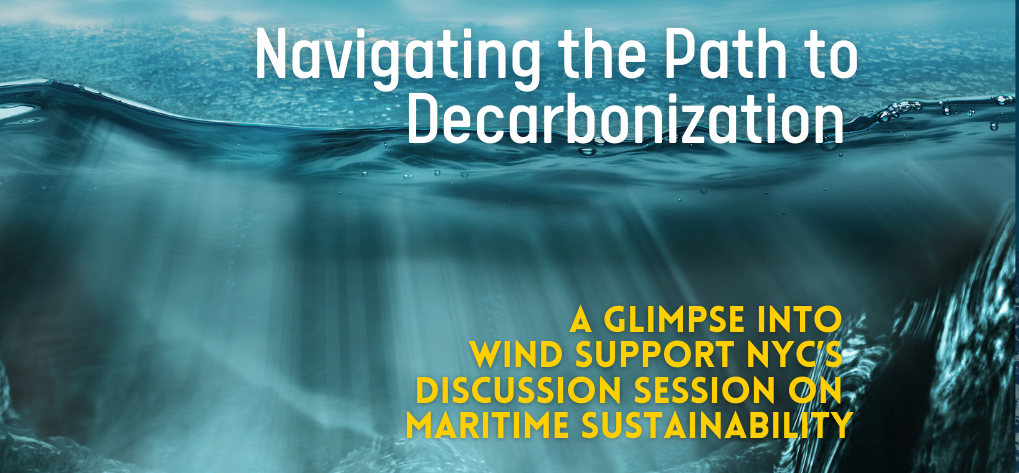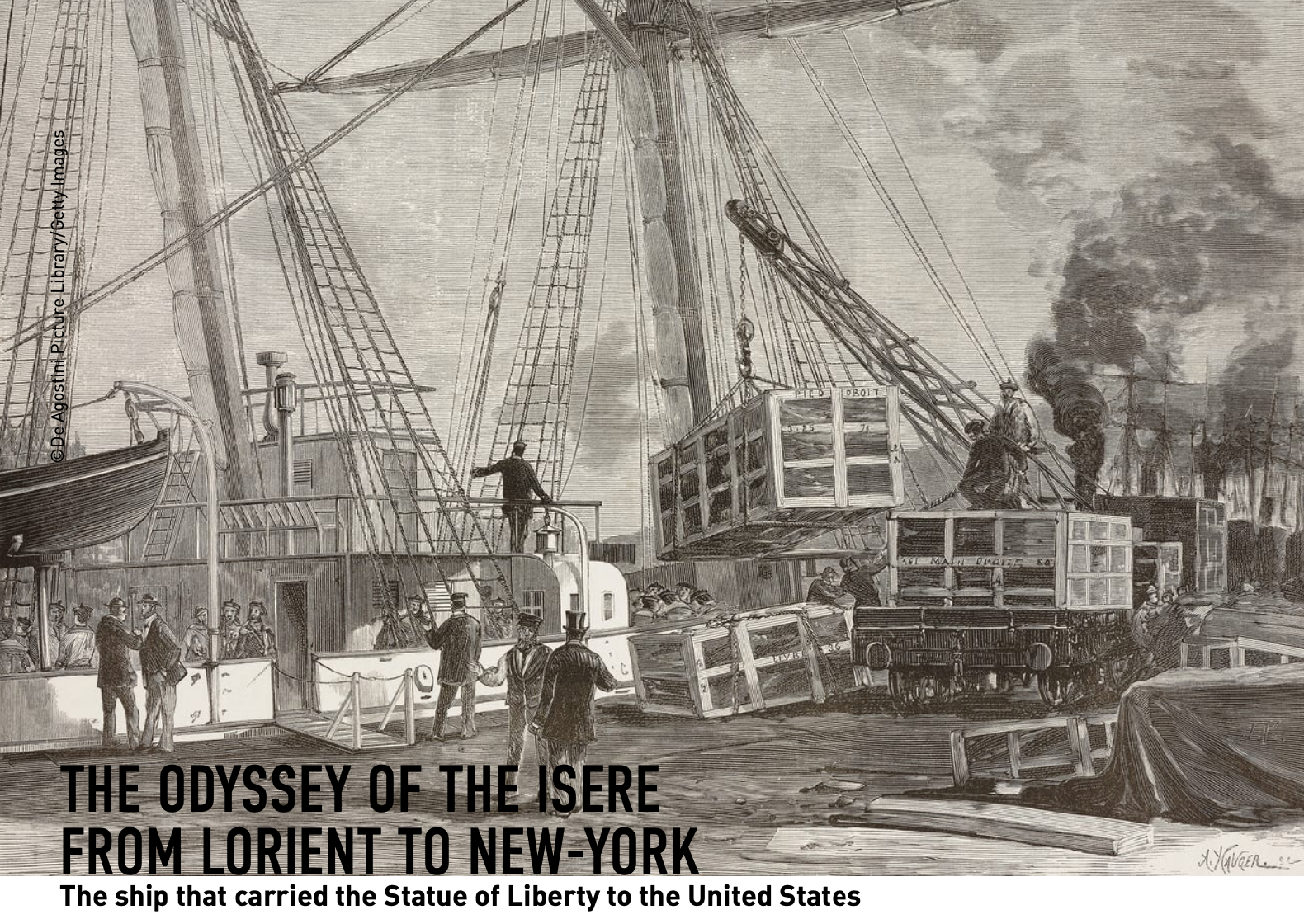A stunning finish in New York
On Monday, the 6th of May, at 2:23pm Eastern time, Yoann Richomme crossed the finish line off New York and became the overall winner of the 15th edition of the Transat CIC.
He finished ahead of Boris Hermann, in second place, and Samantha Davies, in third place, at the end of a breathtaking final, in which the competitors battled for their spot on the podium.
After 8 days battling it out in the harsh North Atlantic, the first boats arrived in New York Bay triumphant, just a few hours apart, passing the Statue of Liberty before settling into their respective marinas.
A week ago, Yoann Richomme told the press, “I’d love to win this bloody race! A fan of intense effort and equipped with one of the most competitive boats on the circuit, he has managed to achieve his hard-earned ambitions after starting the race off behind.
As ambassadors for large-scale social projects, Boris Hermann (Malizia) and <Samantha Davies (Initiatives Coeur) have confirmed their ability to perform in such demanding iconic races, which are crucial to their preparation for the Vendée Globe.
A sign of the Imoca Class’s overall high performance, the finishes arrived in a quick succession: Charlie Dalin (Macif), Maxime Sorel (V&B – Monbana – Mayenne), Yannick Bestaven (Maitre Coq V), Justine Mettraux (Teamwork SNEF), Damien Seguin (Groupe Apicil), Louis Burton (Bureau Vallée) and Sébastien Simon (Groupe Dubreuil) rounded off the top 10 in the race.
The first Class 40 boats then arrived on the night of 9 to 10 May, led by Ambrogio Beccaria (Alla Grande Pirelli), the big winner of The Transat CIC in this category. Ian Lipinski (Legallais Team Voile) and Fabien Delahaye (Legallais Team Voile) rounded off the podium in second and third place respectively.
For Wind Support, the success of a long journey
Wind Support was on deck to welcome the first IMOCA and Class 40 boats to One 15 Marina, downtown Brooklyn. The teams were eager to see the race arrive, 8 years after its last edition. Together with the race directors, coordinated by OC Sport, they intercepted the boats on the finish line and communicated with the New York sector Coast Guard to make sure things run smoothly.
For Laurent Corbel, president and founder of Wind Support, it was an emotional moment: « We are thrilled to welcome these boats, the cutting-edge technology, symbols of maritime excellence. With OC Sport, we’ve been organizing this arrival for several months now, so when it all comes together, it’s bound to be a special moment. »
Fête de la Bretagne & The Transat CIC Prize Ceremony
The Fête de la Bretagne and the Transat CIC Prize Ceremony took place on Sunday 12 May aboard the South Street Seaport Museum’s historic ship Wavertree. The afternoon began with a lecture by Dr. Christophe Cérino on the history of the Isère, the Lorient-built frigate that carried the Statue of Liberty to New York. This moment was an opportunity to recall the long-standing and strong links between Brittany and New York.
The Fête de la Bretagne then began, led by a delegation of Breton musicians who brought their culture to life at the foot of Manhattan’s skyscrapers.
The Transat CIC Awards Ceremony gave the Wavertree crowd a chance to celebrate the sailors and teams who have led this legendary race. The top 3 in each category took to the podium at WaverTree with their respective trophies to the cheers of an enthusiastic public.
The Transat CIC teams and the Breton community in New York were honored by the presence of the Mayor of Lorient, Fabrice Loher, who reaffirmed his city’s commitment to excellence in ocean racing and its desire to strengthen the links between Lorient and New York.
Photo Credit: Wind Support – Emma Feuillas



